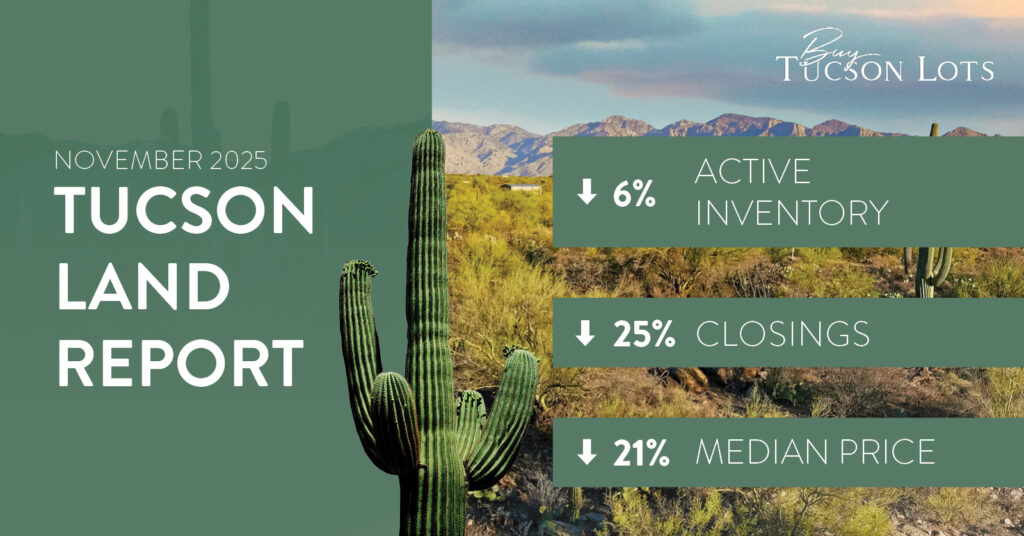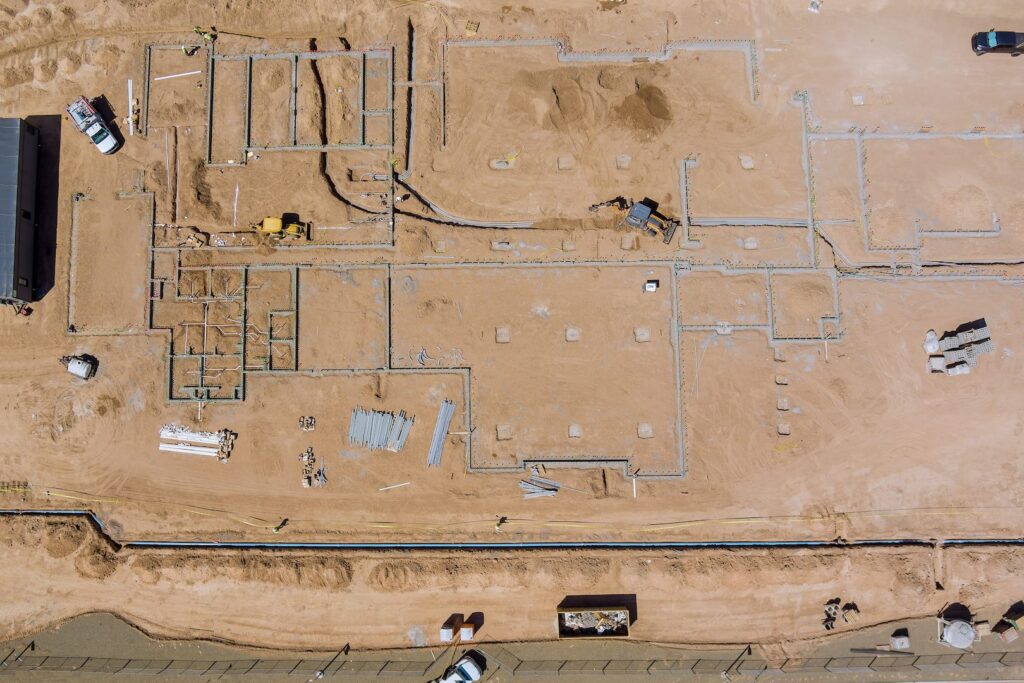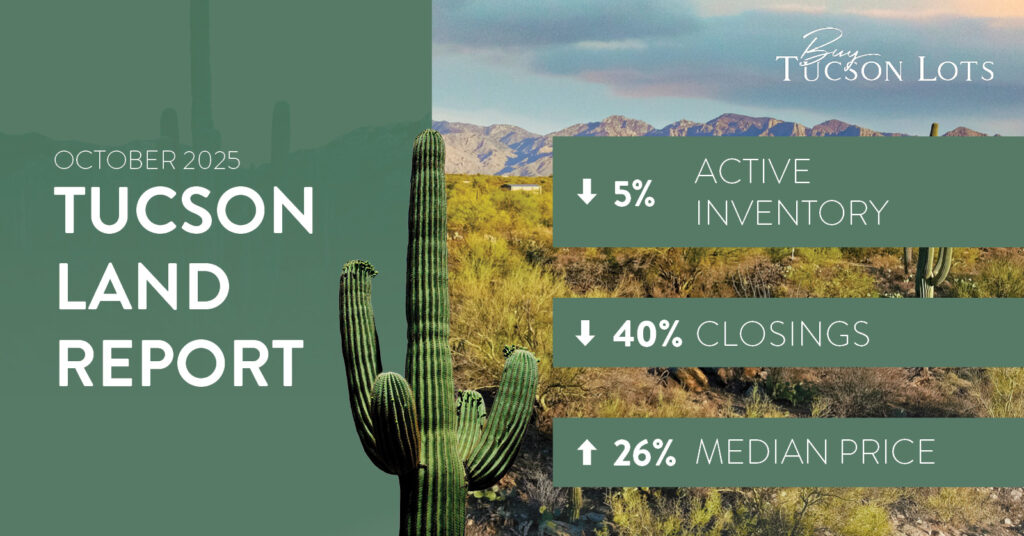Whether you buy a 7000 square foot, infill lot in the heart of the city, a gated 3.3 acre lot in a northeastern subdivision, a 40 acre parcel on a dirt road 30 miles out of town, or anything in between,there will be some guidelines regarding what, how, or where you build on that parcel. These are Land Restrictions and it’s critical to know what they are, before you purchase, so that you can rest assured that the vacant land will be suitable for your plans.
Zoning Restrictions are the first level of Land Restrictions, and apply to each and every parcel of land. These are established by the county or the individual municipality where your land is located and will generally determine the uses, heights, building types, and building locations ( via setbacks).
I normally deal with vacant property zoned CR-1 (1acre lots}, SR (Suburban Ranch lots of a minimum of 3.31 acres) and RH ( Rural Homestead lots of a minimum of 4.17 acres). Although these zonings are typically found in areas filled with, and surrounded by, custom homes, it’s important to know the specifics of each zoning designation to avoid unpleasant surprises. For example if you’re building next to a RH zoned parcel you’d want to know that cattle and chickens can be raised and kept and a mobile home can be built on that parcel.
Under certain conditions,churches can even be built on SR zoned parcels. Setbacks for SR zoning is 50 feet in the front and rear with 10 foot side-yards. SR-zoned homes can be built as high as 36 feet above the natural grade of the land.
CR- 1 setbacks are 30 feet in front,40 feet in the rear, and 10 feet for the side-yards.
To put all of the above information into perspective, imagine the following. If you were to purchase a 6.6 acre parcel of land zoned SR with the intent of dividing it into two homesites, you would have made a costly mistake. This is because zoning requires a minimum of exactly 6 .61157 acres to do that.
This should give you the idea of how important it is to thoroughly research the Zoning Restrictions as your first investigation into Land Restrictions.
Convenants, Conditions, and Restrictions, or CC&Rs as I’ll be referring to them from here on out, should be second on your list of Land Restriction concerns. Many parcels, whether in a gated area, urban area, or rural neighborhood, are encumbered with CC&Rs. They are written and recorded by the person or persons that developed the parcel(s) and can be amended and added to by subsequent, neighborhood owners. I have seen these range from only a single page that requires a minimum home size painted in desert hues to hundreds of pages that detail everything from the type of mailbox you must have, the type of landscaping and flora you may or may not use,the location of your cars during the day and night, the materials that must be used for all the roofs and buildings, the number and size of pets you are allowed, the level of maintenance required for your front and back yards, etc.
CC&Rs are designed to suit the needs of different buyers of varying likes and means. You may find that CC&Rs protect your home investment by insuring a certain level of quality and homestyle will be built, or you may find that they stifle your lifestyle and limit your individual choices. Regardless, it is pertinent to research this thoroughly during the purchasing process.
Third on our list of Land Restrictions are Private Deed Restrictions. These are restrictions that have been put on a parcel by a previous owner. These are generally designed to “last in perpetuity” (forever), and as you can imagine, can reflect the personal interests of previous owners.
Extreme instances of Private Deed Restrictions can make a lot very difficult to develop or even unusable. They can include a range of stipulations such as trimming requirements and height of vegetation, building distances from neighboring homes, exact building locations on a lot, restrictions on property uses, limiting roof heights or certain styles and sizes of homes, orientation of and size of windows, garage door colors and orientations, and a myriad of other things only limited by one’s imagination.
Last but not least on our list of Land Restrictions that all property buyers need to be aware of is what I call Inadvertent Restrictions. These restrictions usually come in the form of existing easements or encroachments.
For example, I have seen property where a utility easement will bisect a lot in such a manner as to severely limit the usable portion of the lot. This could create a huge expense to correct. I’m also currently working on a relatively narrow, vacant property in a gated subdivision where a neighbor built their side yard wall several feet onto this lot. This begs the questions of not only where to build a home and driveway, but whether or not they will both fit in the remaining area.
Land Restrictions are just some of the important details that a buyer needs to be aware of when looking for land. All of these restrictions can and must be discovered by the purchaser early on in the buying process. Zoning issues can be understood by investigating the Land Use Codes for the appropriate municipality. All other restrictions can be determined by reviewing a Preliminary Title Report which shows everything that is recorded against that vacant parcel. A thorough review of each of these items by a professional Realtor along with the assistance of a knowledgeable Title Officer, will help insure that the parcel will both suit your needs and meet your expectations.







